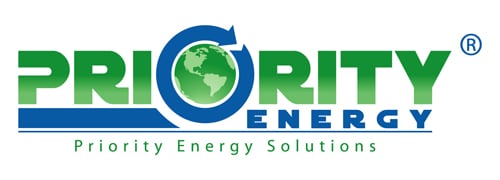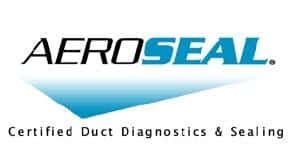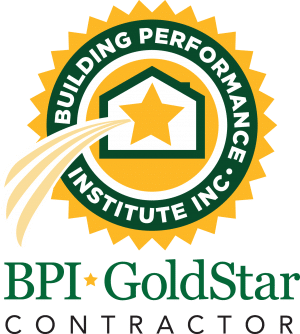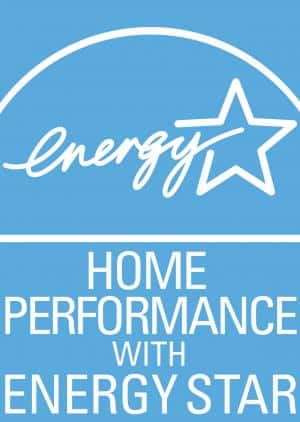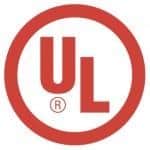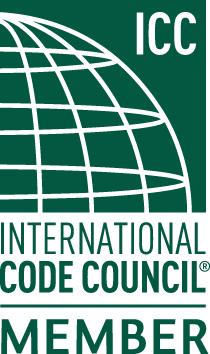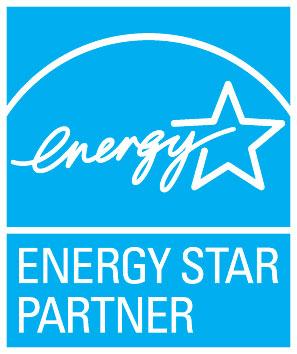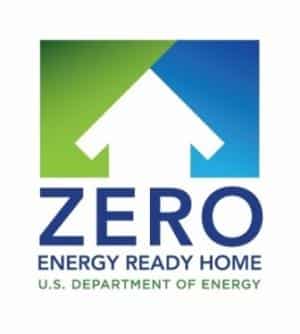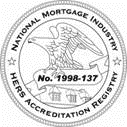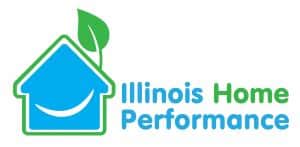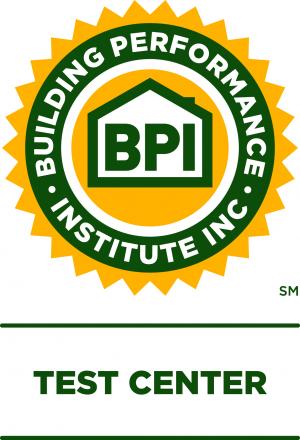Priority Energy’s HERS Raters have been helping builders qualify for the 45L Energy Efficiency Tax Credit for years. From reviewing designs and modeling energy efficiency trade-offs, to verifying construction details and final testing, their process will ensure your project meets the updated 2023-2024 program requirements and you have the documents required for federal tax filing.
A builder may claim a tax credit for a new construction home with one of the following DOE certifications: ENERGY STAR 3.1, ENERGY STAR 3.2, ENERGY STAR Multifamily 1.1, or DOE ZERH.
The Inflation Reduction Act (IRA)
The 45L tax credit was introduced as an incentive to encourage the construction of energy efficient new homes to be built to exceed the base energy code. If a home were built to use 50% of the heating, cooling and hot water energy of a home built to the 2006 Energy Code standard, it would be eligible to receive a tax credit of $2,000/home or dwelling unit.
The Biden Administration’s Inflation Reduction Act (IRA) extended the program through 2032 and updated the energy efficiency requirements. Beginning in 2023 new single family and multifamily homes must be Energy Star or Zero Energy Ready Home-certified to qualify for the tax credit. Since the updated program has gotten stricter, the tax incentive dollars have also increased.
The 45L Federal Tax Credit Incentives – Updated Requirements
- Single-Family New Homes – $2,500 for homes that meet ENERGY STAR v3.1 certification.
- Single-Family New Homes – $5,000 for homes that meet Zero Energy Ready Homes (ZERH) Version 1 certification for projects permitted before December 31, 2023.
- Single-Family New Homes – $5,000 for homes that meet Zero Energy Ready Homes (ZERH) Version 2 certification for projects permitted after January 1, 2024.
. - Manufactured Homes – $2,500 for homes that meet ENERGY STAR certification (Currently Version 2) Version 2.1 proposed).
- Multifamily Homes – $500 per dwellings that meet ENERGY STAR certification.
- Multifamily Homes – $1,000 per dwellings that meet DOE Zero Energy Ready Home (ZERH) certification.
- Multifamily Homes – $2,500 per dwellings that meet Energy Star requirements and Prevailing Wage requirements.
- Multifamily Homes – $5,000 per dwellings that meet DOE Zero Energy Ready Home (ZERH) requirements and Prevailing Wage requirements.
The 2023 Tax Credit Process for Builders
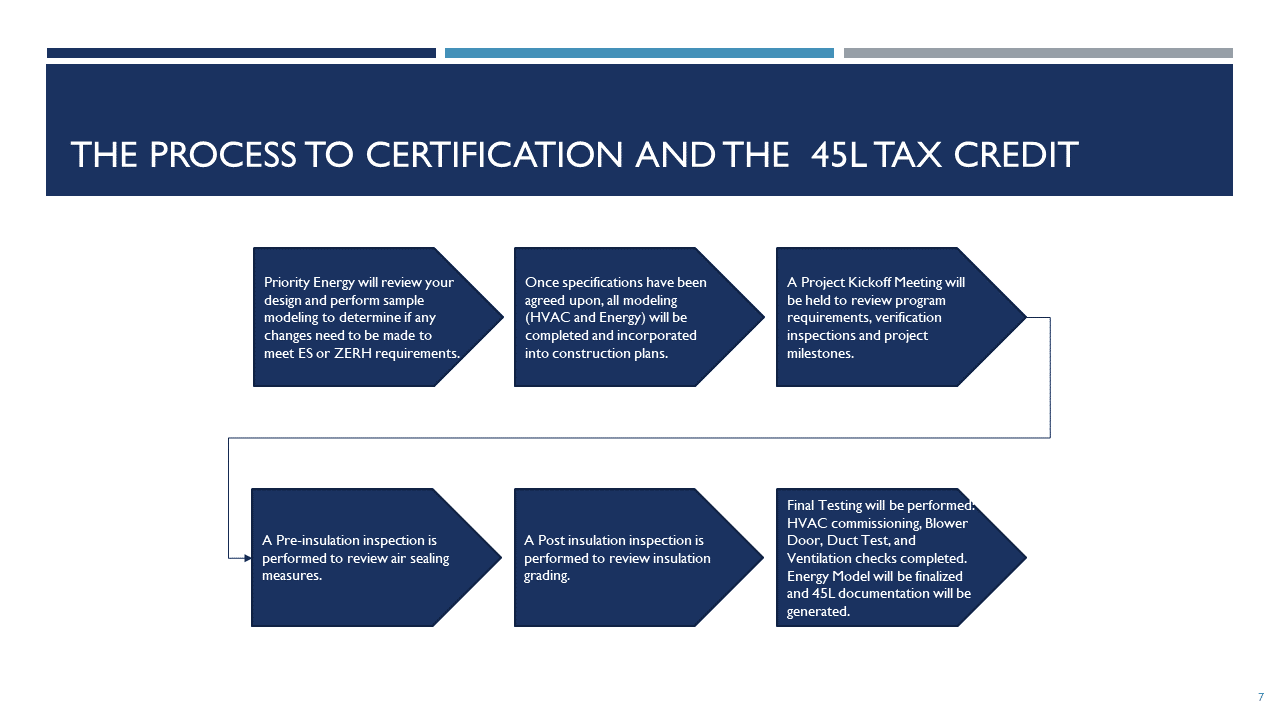
Who is Eligible to File for the 45L Tax Credit?
The person who constructed the qualified energy efficient single family home, multifamily building, or produced a qualified energy efficient home that is a manufactured home may file for the 45L Tax Credit. A person must own and have a basis in the qualified energy efficient home during its construction to qualify as an eligible contractor. For example, if the person that hires a third party contractor to construct the home owns and has the basis in the home during construction, the person that hires the third party contractor is the eligible contractor and the third party contractor is not an eligible contractor.
The property owner will complete the IRS Form 8908 and submit energy efficiency verification documents obtained from the Certified HERs Rater that inspected the property throughout construction.
Eligible Recipients may include:
- Single family home builder or developer
- Multi-family home builder or developer
- Manufactured home producer
What Types of Dwellings are Eligible for the Tax Incentive Program?
- New Single Family Homes
- Substantial Reconstruction or Rehabilitation Home Projects
- Affordable Housing (LIHTC)
- Apartment Buildings
- Assisted Living Housing
- Production Home Developments
- Residential Condominiums
- Student Housing
